-
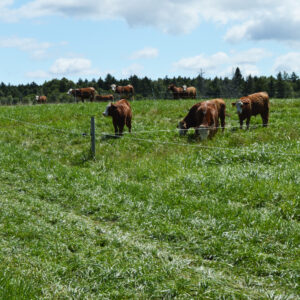
January 27, 2016Practical Applications of Forage Rejuvenation: Webinar February 24 Update: Missed the webinar? Find the recording and check for future webinars on our...
Keep Reading -

January 21, 2016Dr. John McKinnon Named Inaugural Recipient of the Canadian Beef Industry Award for Outstanding Research and Innovation Saskatoon, SK – A researcher respected...
Keep Reading -
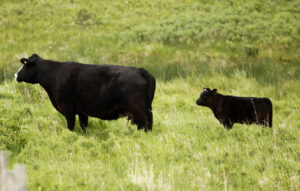
January 14, 2016Why use Artificial Insemination? Webinar January 28 Update: Missed the webinar? Find the recording and check for future webinars on our Webinars...
Keep Reading -
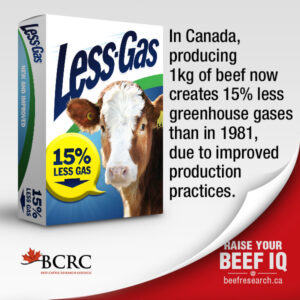
January 11, 2016The Environmental Hoofprint of Canada’s Beef Industry Producing beef with lower GHG emissions and using fewer resources Over the years,...
Keep Reading -
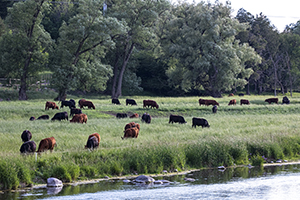
January 11, 2016New Research Clarifies Canadian Beef Producers’ True Environmental Footprint NEWS RELEASE January 11, 2016 Canada’s beef industry continues...
Keep Reading -
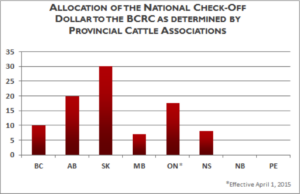
January 4, 2016BCRC Progress and Activities in 2015 This annual report highlights the BCRC’s main successes and core activities in 2015. To download a...
Keep Reading